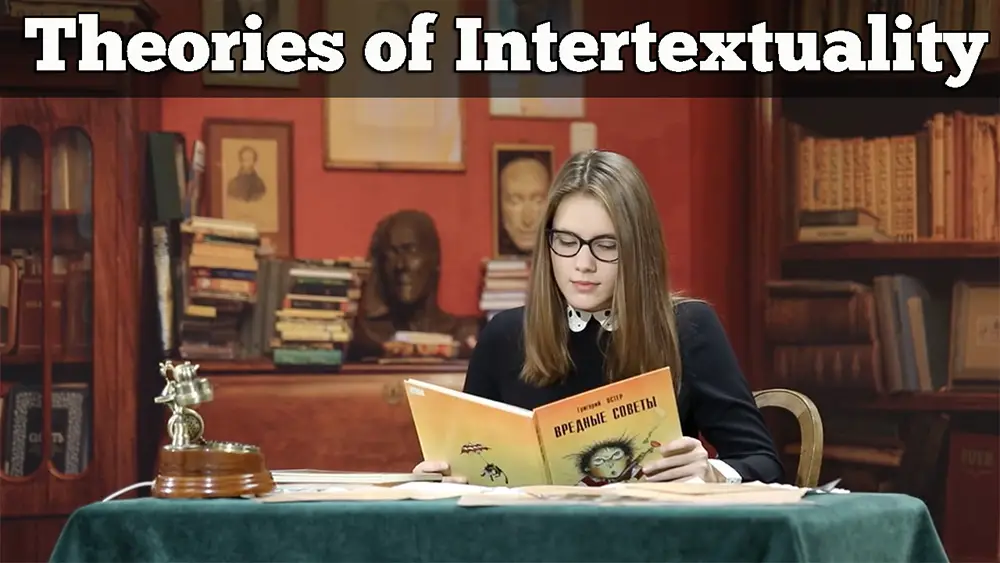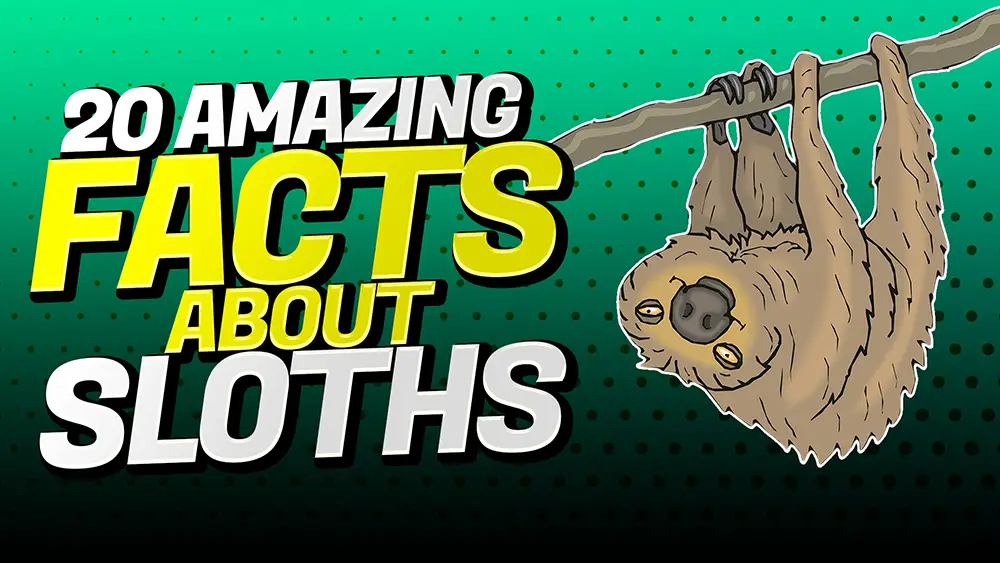Intertextuality is a set of relations between texts. When we read a work of literature we are trying to find a meaning which lies inside that work. The analysis of a work of literature involves making intertextual references, extracting meaning, being a critical reader, and interpreting a text.
Here the top 7 quotes on intertextuality extracted from the works of famous literary critics and novelists.

1. THE INTERTEXT
“Any text is a new tissue of past citations. Bits of code, formulae, rhythmic models, fragments of social languages, etc., pass into the text and are redistributed within it, for there is always language before and around the text. Intertextuality, the condition of any text whatsoever, cannot, of course, be reduced to a problem of sources or influences; the intertext is a general field of anonymous formulae whose origin can scarcely ever be located; of unconscious or automatic quotations, given without quotation marks.” (Roland Barthes, Theory of the Text, 1981)
2. AMONG THE DEAD
“No poet, no artist of any art, has his complete meaning alone. His significance, his appreciation is the appreciation of his relation to the dead poets and artists. You cannot value him alone; you must set him, for contrast and comparison, among the dead. I mean this as a principle of aesthetic, not merely historical, criticism.” (T.S. Eliot, The Sacred Wood, 1920)
3. A WORD IS A BRIDGE
“A word is a bridge thrown between myself and another. If one end of the bridge depends on me, then the other depends on my addressee. A word is territory shared by both addresser and addressee, by the speaker and his interlocutor.” (Mikail Bakhtin and Valentin Volosinov, Marxism and the Philosophy of Language, 1986)
LEARN MORE: An introduction to intertextuality
4. ONLY ONE BOOK
“And this sense, this feeling of communication, would at moments overwhelm him. At such times he had the sensation that there was only one book in the universe, and that all books were simply portals into this greater ongoing work – an inexhaustible, beautiful world that was not imaginary but the world as it truly was, a book without beginning or end.” (Richard Flanagan, The Narrow Road to the Deep North, 2013)
5. DEATH OF THE AUTHOR
“… a text is made from multipl e writings, drawn from many cultures and entering into mutual relations of dialogue, parody, contestation, but there is one place where this multiplicity is focused, and that place is the reader, not, as hitherto said, the author. The reader is the space on which all the quotations that make up the writing are inscribed without any of them being lost; a text’s unity lies not in its origin but in its destination… the birth of the reader must be at the cost of the death of the Author.” (Roland Barthes, Death of the Author, 1977)
6. THE LIFE OF THE WORD
“The life of the word is contained in its transfer from one mouth to another, from one context to another context, from one social collective to another, from one generation to another generation. In this process the word does not forget its own path and cannot completely free itself from the power of those concrete contexts into which it has entered.” (Mikail Bakhtin, Problems of Dostoevsky’s Poetics, 1984)
7. INTERDEPENDENCE
“The other that will guide you and itself through this dissolution is a rhythm, text, music, and within language, a text. But what is the connection that holds you both together? Counter-desire, the negative of desire, inside-out desire, capable of questioning (or provoking) its own infinite quest. Romantic, filial, adolescent, exclusive, blind and Oedipal: it is all that, but for others. It returns to where you are, both of you, disappointed, irritated, ambitious, in love with history, critical, on the edge and even in the midst of its own identity crisis; a crisis of enunciation and of the interdependence of its movements, an instinctual drive that descends in waves, tearing apart the symbolic thesis.” (Julia Kristeva, Desire and Language: A Semiotic Approach to Literature and Art, 1980)
Watch the video presentation below:
References: “The Matrix and the Alice Books” by Voicu Mihnea Simandan


